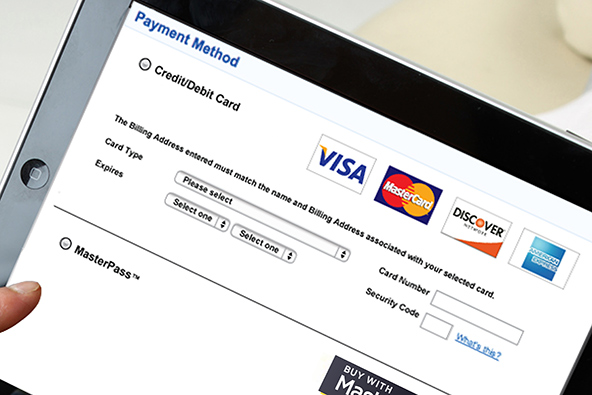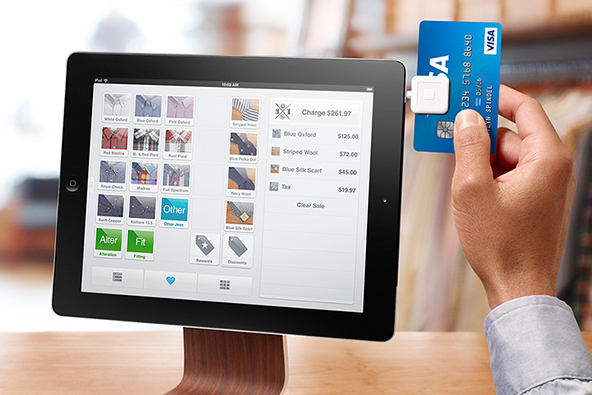How Does an E-Commerce Merchant Account Work?

We constantly receive inquiries for e-commerce credit card processing services from applicants who are not quite certain what exactly such a service is and how their websites need to be built in order to be able to process online payments. This post will cover the basics of setting up an e-commerce website and merchant account.
An e-commerce credit card processing service does for web-based merchants what a point-of-sale (POS) solution does for brick-and-mortar businesses. The process is the same, only the tools are different. While store-front merchants use a physical POS terminal to read the credit card’s information and send a transaction authorization request to the card issuer over a phone line, their web-based counterparts use a shopping cart to collect the customer’s order and payment information, which is then encrypted and sent to the card issuer for authorization through a payment gateway.
To be able to accept credit card payments on your website, you will need the following:
- An e-commerce website. What makes an e-commerce website different from a non-e-commerce website is its ability to collect customers’ orders and then process their payments in a secure manner. It connects the merchant’s web-based store with a processing bank and, through it, with Visa, MasterCard and the banks that issue their cards, as well as with the other credit card companies. Specifically, your website will need to incorporate the following components:
- SSL certificate. Secure Socket Layers (SSL) are services that encrypt data communicated online to provide security against unauthorized use. The SSL is identified by the “s” in the “https” at the beginning of the URL of a SSL-protected web page and often colors the URL bar.
- E-Commerce shopping cart. Shopping cart is software that collects and organizes online customers’ list of items for purchase. Once the customer is ready to check out, the shopping cart calculates the order total and presents the customer with a payment information form to complete the transaction. All pages that contain sensitive personal information must be SSL-protected! There is a number of shopping cart providers out there, some of which offer their carts for free. The carts can also be custom-built by website developers.
- Payment gateway. Payment gateway is a service that connects a shopping cart with the merchant’s payment processor’s system and transmits the transaction information that customers have provided. The processor then sends the information on to the card issuer for approval and the approval response is sent back to the merchant via the payment gateway. It is the e-commerce equivalent of the physical POS terminal used by store-front merchants in face-to-face transactions.
- E-Commerce merchant account. Merchant account is the service that enables merchants to accept credit and debit cards for payment. It is provided by a processing bank that is a member of Visa and MasterCard, either directly or through a third party. It links all of the above mentioned components into an inter-related system. Once a payment transaction is processed, the processing bank credits the merchant’s designated bank account for the transaction amount, after it subtracts its processing cost, as agreed on in the Merchant Agreement. The processing bank then sends a payment request to the card issuer, who credits the processor’s account, after it subtracts its own costs. The issuer then sends a monthly statement to its cardholder to complete the cycle.
There are many merchant account providers in the U.S. and you should always request proposals from at least several of them, before deciding on whom to sign up with. Make sure that you evaluate the whole proposals in their entirety and do not make your decision based on the single rate or fee that usually gets advertised on the providers’ websites.
Image credit: Misupermercado.es.


